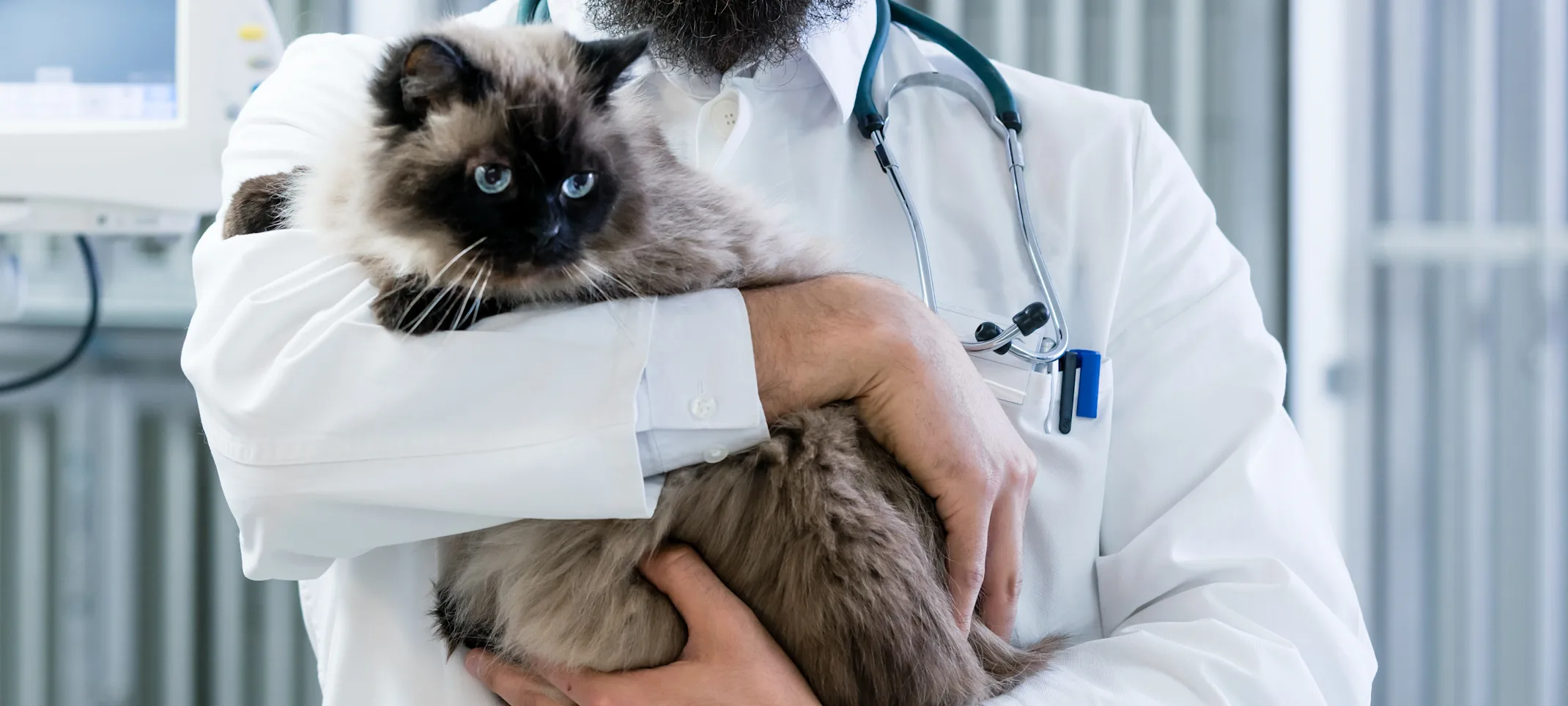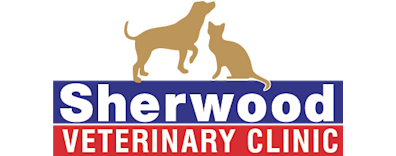Sherwood Veterinary Clinic
Surgery Information
General information about the procedure of surgery from information prior to the surgery to the aftercare.

Prior to Surgery
At the time of booking, we review all pre-surgical instructions with you, as well as calling the night before to confirm home care instructions prior to the next morning's drop-off. *All surgical drop-offs occur Monday-Friday between 8 am - 8:30 am.
*In some cases a patient may be dropped off for surgery the night before at our facility if the owner is unable to make drop off in the morning. This is rarely done as the animal is left alone in the facility for 12 hours. If you require this service as an absolute necessity, please ensure you have come in for your pre-surgical examination with our veterinarian and speak with him directly in order to make this exception.
Fasting
All pre-scheduled surgeries require a 12-hour fast starting at 8 pm the night before surgery. We advise owners to remove food in the evening, though water is fine to be left out overnight. There are two main reasons to fast an animal prior to anesthetic
1. Safety
While performing anesthetic we maintain our patients on a type of anesthetic called a gas inhalant. In order to properly administer this agent, we intubate the animal by placing an Endotracheal Tube (ET tube) into the trachea (windpipe) to keep the airway open and ensure a consistent, accurate dose of the anesthetic is inhaled. At any point in time during pre-anesthetic sedation, placement of the ET tube, or removal of the ET tube it is a possibility that the animal may 'cough up' a small amount of vomitus. We always pre-measure the ET Tubes and correctly size the fitting tubes which we then inflate a small 'cuff' on the tube to ensure a complete seal to protect the airway. Even with our expertise and rigorous safety protocols, the help of a well-informed owner and a fasted patient can only further decrease the chances of aspiration.
2. Nausea
We also want to ensure that animals are as comfortable as possible. Unfortunately, one side effect of anesthetics can be nausea and vomiting. Some animals find spending the day at the vet stressful enough as it is, and the last thing we want is for them to feel 'sick' from the experience. Even if the anesthetic does not cause nausea, there are many cases where animals simply become nauseous from a combination of stress and the car ride home.
Exercise
As we all know, exercise provides many benefits to our physical and mental health. This is also true for our pets. Exercise releases endorphins which help combat the chemical reaction in the brain that feeds into stress and anxiety. Activity before drop-off is a great way to help your pet feel calmer throughout their stay and reinforce a reward-based reaction to the vet clinic. It can also be a huge help to you as many of our patients return home with a 14-day restricted exercise order. It is always easier to keep a may relaxed animal quiet, than it is to handle one that is all riled up. Pre-surgical exercise is also a huge help in their receptiveness to their anesthetic. Patients are dosed with pre-surgical sedation and then receive an induction agent that is given to effect. A tired-out animal will be more receptive to their sedation and require less anesthetic to induce and maintain them during their procedure. This is just another example of how you can prepare at home to make your pet's anesthetic experience even safer.
Bathroom Breaks
It may not seem that important, especially since you have fasted your pet, but bathroom breaks are so important prior to visit the vet. Have you ever had to go to the bathroom but you are in a really strange place and you are confused and stressed? That is how your pet may feel when being brought in for the day. A full bladder can be painful, and a full bowel can cause discomfort, all of which only adds to the stress and anxiety your pet feels about coming to the vet. There was also a recent study that suggested the longer feces sits in the colon, the more likely it is for an animal to get diarrhea. Dogs are a bit easier, as they can be taken for walks and are pretty well trained to go on command, A good rule of thumb when it comes to cats is to try and encourage 30 minutes of playtime before leaving the house. The increased activity will help get everything flowing, and they are more likely to be successful using the litter box at home than in the clinic.
Baths
Although this does not apply to everyone, if your dog is often bathed and groomed, it is best to have this done prior to their visit. Most of our patients leave with an incision that prevents them from being able to bathe for at least 2 weeks post-op. It's also good to remember that these animals will have to remain indoors with activity restrictions so you will be spending a lot more time up close and personal with them while they recover.
After Surgery & At Home Care
It is not uncommon for an animal to remain somewhat sedated for a full 24 hours after surgery. Mild sedation is common as the body continues to work out any remaining medication in the body. This is a normal side effect of the anesthetic and is not a cause for concern. Upon discharge, we provide all pet parents with an information package that reviews things to look out for, what to expect, and any special care instructions. Below are a few of the main points that will be covered with you after your pet's surgery.
Restricted Exercise
Most patients who undergo surgery require a minimum 10-14 day rest period post-op. During this time, your pet's tissues will be experiencing the most significant healing without the trauma inflicted by running and jumping. These activities, for example, create muscle tension, applying a lot of pressure to the weakened tissues of the incision site. Though we often only think of skin sutures, an incision is closed with multiple layers of sutures through the muscle and connective tissues. Should an animal 'pop' a suture it could become life-threatening and require additional surgery to repair the damage. While it is quite rare for internal hemorrhaging to occur, the chances are significantly higher in patients that remain active after surgery.
The Cone of Shame
Everyone's least favorite accessory, the cone, is most often sent home with our patients after surgery in order to protect a drain or incision. A proper fitting cone measures 1 inch past the nose and when pushed back to the shoulders, the animals will still be able to eat and drink normally. Here are some tips to ensure your pet can access their water dishes:
Pull dishes away from the walls
Do NOT use raised food dishes
Keep dishes on the floor and not on counters or furniture
If using a water fountain, replace it with a still water dish for the period the cone will be on
While it's hard to believe, the cone can actually make your life a bit easier too. Since the cone limits the animal's ability to jump and run in the house down hallways or past objects, this can help you keep them quiet for their 14-day rest period post-op. Just remember, it is necessary that the cone stays on your pet at all times. It only takes a second for them to pull a suture or introduce bacteria by licking, and that can lead to many post-surgical complications.
Incision Care
As pet parents we are always faced with the same struggle - they can't tell us if something is wrong. That means it is up to us to keep a close eye on our pets while they recover. Now, the best way to treat infection is to prevent it altogether, so follow these tips to help keep your pet's incision clean and healing well
Check the incision every 12 hours for 10 - 14 days post-op for any signs of
Redness
Swelling
Discharge
Keep the incision area clean and dry
Pro tip - if it is winter or raining, you can put a t-shirty on your dog before going outside to protect the incision and keep it dry!
Keep the cone on at all times - do not let your pet lick
Pro Tip - Keep an eye on your other pets too - cats in particular groom socially
No bathes for 2 weeks
Pro Tip - take your pet to the groomers before surgery or give them a bath at home. Cats won't be able to groom themselves, so help them out and brush them daily
